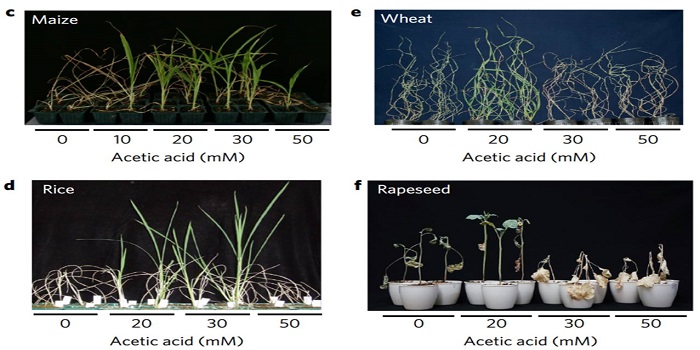
Acetate-mediated novel survival strategy against drought in plants ($)
Plant Science Research Weekly0 Comments
/
Kim et al. explored the molecular basis for the drought tolerance previously observed for mutants of histone deacetylase HDA6. They observed that genes involved in acetate production are upregulated in hda6 mutants and in drought-stressed plants. Furthermore, acetate biosynthesis mutants are more sensitive…

Update: Leaf hydraulic architecture and stomatal conductance: a functional perspective
Plant Physiology: Updates, Research, Research BlogBy Fulton E. Rockwell, and N. Michele Holbrook
The structure of leaf vasculature viewed over a broad phylogenetic scale from lycophytes to eudicots correlates with stomatal conductance (gs), providing the basis for the hypothesis that increasing vein density drove the evolution of high fluxes in angiosperms.…
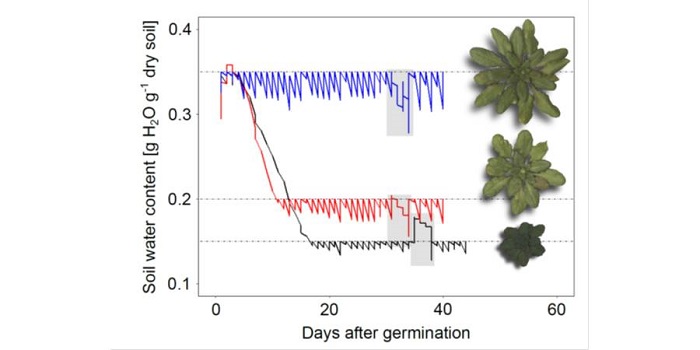
Phenotyping Water Deficit Acclimation Responses
Plant Physiology, Plant Physiology: On The Inside, Research, Research BlogWater deficit (WD) is one of the main environmental stress factors affecting crops and global food security. Acclimation to WD, however, enables plants to maintain growth under unfavorable environmental conditions. To shed light on the molecular mechanisms underlying WD acclimation, Rymaszewski et al.…
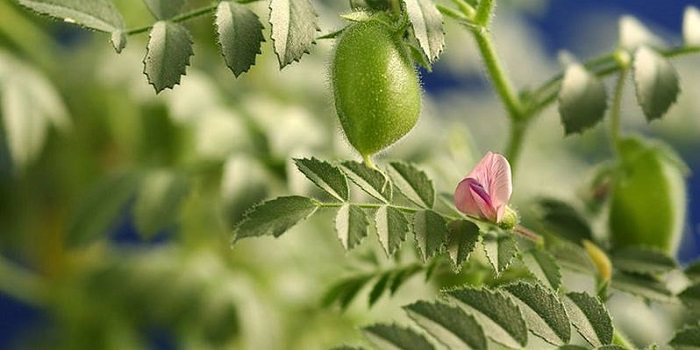
Root traits confer grain yield advantages under terminal drought in chickpea (Cicer arietinum L.)
Plant Science Research Weekly, ResearchThis study by Ramamoorthy et al. showed that survival of plants under drought conditions is not a sufficient goal for breeding. Rather, yield for biomass and food production under water deficit is a better target. Chickpea genotypes having better root growth and higher root density showed better grain…

Variable mesophyll conductance among soybean cultivars sets a tradeoff between photosynthesis and water-use-efficiency
Plant Science Research Weekly, ResearchAn experimental study by Tomeo and Rosenthal with soybean cultivars demonstrated that there exists genotypic differences in mesophyll conductance (gm), and that the potential exploitation of this trait may increase crop productivity. It was found that there exists a proper coordination mechanism…
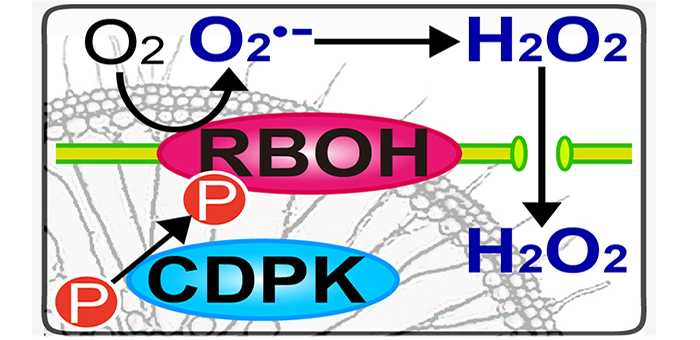
How Rice Thrives in Flooded Fields
Research, The Plant Cell, The Plant Cell: In a NutshellYamauchi et al. study the formation of aerenchyma in rice – spongy tissue filled with air spaces that develop in roots of wetland plants http://www.plantcell.org/content/29/4/775.abstract
Plants, like animals, need oxygen for respiration (the metabolic process of breaking down sugars to get energy).…
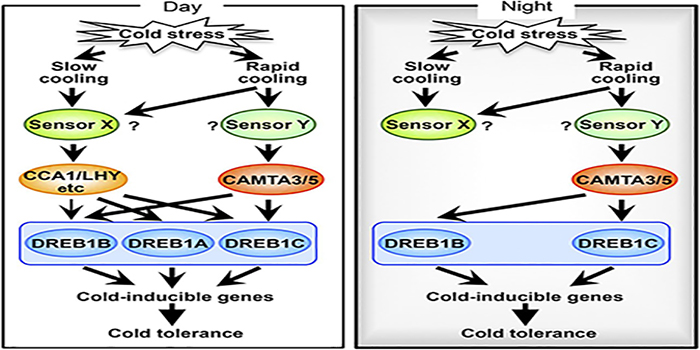
How Plants Sense Cold and Activate Cold Tolerance
Research, The Plant Cell, The Plant Cell: In a NutshellKidokoro et al. investigate how plants sense cold and activate cold tolerance http://www.plantcell.org/content/29/4/760.abstract.
Cold stress can be just as lethal as heat stress. When a cell freezes, the water inside it expands as it turns to ice. This can cause the cell membrane to rupture and lead…
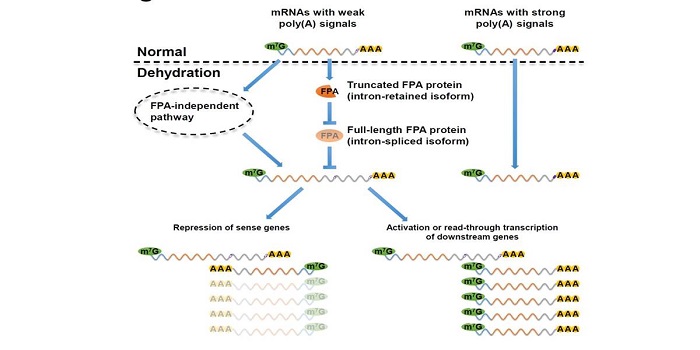
Dehydration stress extends mRNA 3′ UTRs with noncoding RNA functions ($)
Plant Science Research Weekly, ResearchSun et al. observed that under dehydration stress, many genes showed a 3′ untranslated region (3′ UTR) extension of roughly 200 – 800 nucleotides. The outcome of these extensions appears to be the regulation of other genes. For example, through their extension, many (more than 600) of the extended…
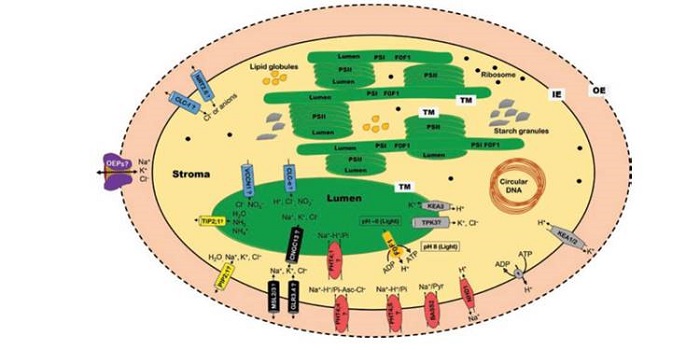
Review: Chloroplast function and ion regulation in plants growing on saline soils: lessons from halophytes ($)
Plant Science Research Weekly, ResearchSalinity is a growing problem for food production. Progress has been made in understanding how plants tolerate salinity, mostly focused on strategies for tolerance at the plasma membrane and cytosol. Bose et al. review studies that focus on how the chloroplast is affected by salinity. The authors review…

